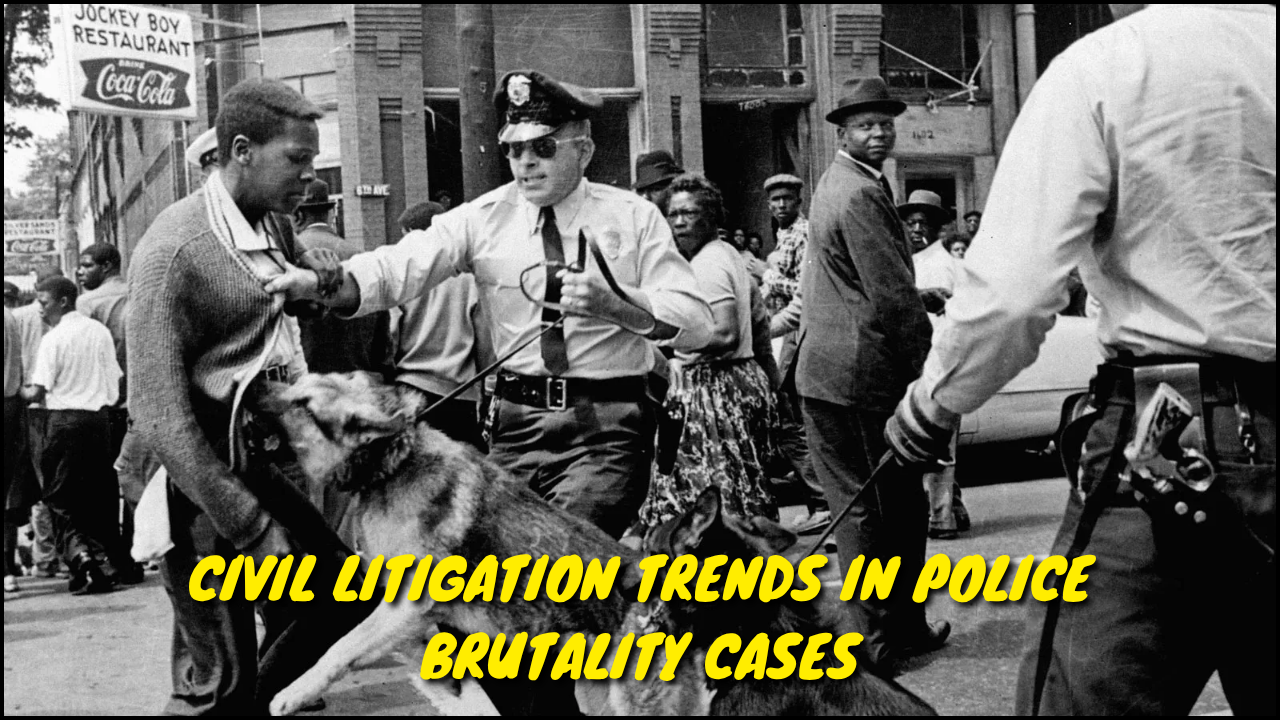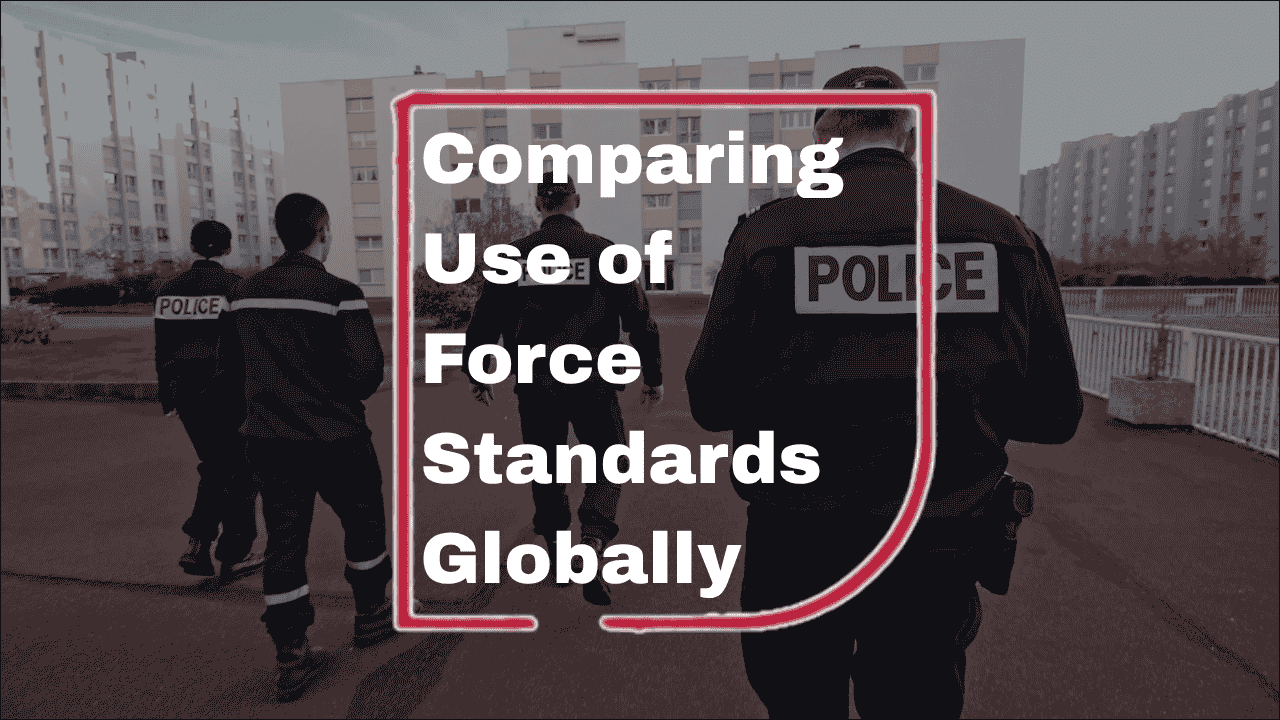
Police reform has become a critical focus in many regions due to public pressure, policy failures, and the demand for more transparent and accountable law enforcement. Some police departments actively seek reform, often driven by internal leadership, community advocacy, or political mandates. However, barriers to implementing evidence-based policymaking persist, creating a gap between knowledge and action. Understanding which departments advocate for reform and what hinders the application of proven strategies is essential to fostering trust, improving safety outcomes, and aligning policing with democratic principles.
Table of Contents
Departments Actively Pursuing Reform
Certain police departments across the United States and other countries have demonstrated a proactive stance on reform. These departments often implement internal reviews, adopt modern training protocols, and engage with academic researchers.
- Minneapolis Police Department (Post-George Floyd): Focused on structural changes in use-of-force policies and community oversight.
- Camden County Police Department (New Jersey): Disbanded and reformed with a focus on community policing and de-escalation training.
- Los Angeles Police Department (LAPD): Regular collaboration with academic institutions to measure outcomes and adjust policies.
- Seattle Police Department: Invested in crisis response teams and ongoing federal oversight to reduce bias.
- Austin Police Department (Texas): Implemented mental health units and body-worn cameras with a third-party evaluation.
Key Features of Reform-Oriented Departments
| Department | Key Reforms | Collaborations | Monitoring Tools |
|---|---|---|---|
| Minneapolis PD | Use-of-force policy overhaul | DOJ and independent experts | Civilian oversight board |
| Camden County PD | Rebuilding department culture | Local government and residents | Data dashboard, public reporting |
| Los Angeles PD | Bias training, predictive policing studies | UCLA, USC, RAND | Policy audit teams |
| Seattle PD | Crisis response integration | DOJ Consent Decree | Independent monitoring team |
| Austin PD | Community mental health co-response | UT Austin, nonprofits | Transparency portal |
Motivators Behind Departmental Reform
- Public Protests and Civil Unrest: Large-scale protests have often pressured departments to reassess policies.
- Federal Investigations and Consent Decrees: Department of Justice involvement typically leads to monitored reform plans.
- Internal Leadership Changes: Progressive chiefs and city officials can lead a shift toward data-backed practices.
- Academic and Research Collaborations: Partnerships with universities contribute to evidence-based pilot programs.
- High-Profile Incidents and Settlements: Financial penalties and national attention often catalyze urgent action.
Barriers to Evidence-Based Policymaking in Policing
Despite these positive examples, widespread reform remains limited due to structural and cultural barriers. Many departments resist or avoid incorporating evidence-backed policies due to a variety of internal and external pressures.
Institutional Resistance
- Tradition Over Innovation: Policing often relies on long-standing practices rather than updated strategies.
- Command Hierarchies: Decision-making remains top-down, discouraging input from patrol officers or the public.
- Lack of Evaluation Capacity: Many departments lack internal units to assess policy outcomes or collaborate with researchers.
Political and Union Constraints
- Police Union Contracts: Agreements often shield officers from disciplinary reforms and limit transparency.
- Elected Officials’ Fear of Backlash: Politicians may avoid deep reform to maintain support from police organizations.
- Short Political Timelines: Evidence-based change requires long-term planning, which may not align with political cycles.
Resource and Data Limitations
- Insufficient Funding: Budget constraints prevent departments from hiring analysts or upgrading systems.
- Data Collection Gaps: Incomplete or inconsistent data hinders effective evaluation of reforms.
- Technology Challenges: Outdated IT infrastructure limits the use of modern data tools.
| Barrier | Description | Impact on Policymaking |
|---|---|---|
| Institutional Resistance | Organizational culture against external influence | Limits the adoption of new methods |
| Union Protections | Officers rights outweigh disciplinary innovation | Reduces accountability |
| Political Risks | Fear of losing elections by upsetting law enforcement | Delays or waters down reform efforts |
| Limited Data Systems | Poor data reporting practices | Weakens analysis and decision-making |
| Budget Deficiencies | No money for training, tech, or partnerships | Restricts the scale and scope of reform efforts |
Departments Resisting Reform: Common Traits
Some departments actively resist change or delay reform even in the face of pressure. These departments often display the following characteristics:
- Low Transparency: The public has limited access to complaint data or use-of-force incidents.
- Limited External Partnerships: Few connections with universities or nonprofits evaluating outcomes.
- Minimal Officer Accountability: Internal investigations rarely result in disciplinary actions.
- Political Protection: Strong union influence or local government reluctance prevents meaningful change.
| Resisting Departments | Identifiable Traits |
|---|---|
| Chicago PD (Pre-reform) | High-profile incidents, limited early accountability |
| Baltimore PD (Pre-DOJ) | Minimal oversight, excessive force allegations |
| Ferguson PD (Pre-2014) | Biased practices, a revenue-driven policing model |
| Portland PD | Union pushback on crowd control reforms |
Steps Toward Broader Reform Adoption
While only a few departments have embraced evidence-based reform fully, strategies exist to widen adoption.
- Federal Incentives for Compliance: Grant funding could be tied to transparency and policy evaluation.
- Public Engagement Campaigns: Community-led forums encourage civic pressure for data-driven practices.
- Academic Policing Hubs: Regional research centers can guide local agencies with policy toolkits.
- National Policy Templates: Standardized reforms for use-of-force, traffic stops, and accountability systems.
- Union Reform Negotiations: State laws may override certain contract protections in the interest of public safety.
Potential Role of Technology and Data Science
Technology provides promising opportunities to strengthen accountability and enhance transparency.
- Body-Worn Cameras: Provide video evidence and improve behavior during citizen encounters.
- Predictive Analytics: Identify officers at risk of misconduct through behavioral data patterns.
- Dashboards for Public Access: Real-time data on stops, arrests, and use-of-force improves community trust.
- AI-Driven Internal Audits: Automated review of reports and footage helps uncover patterns of abuse.
| Tech Application | Functionality | Benefit |
|---|---|---|
| Body Cameras | Record interactions | Enhances trust and evidence reliability |
| Early Warning Systems | Predict risky officer behavior | Allows preemptive intervention |
| Public Dashboards | Display enforcement metrics | Supports transparency and community control |
| Digital Records Systems | Centralize data collection | Facilitates evaluation and policy learning |
Last Words
Police departments vary widely in their willingness to adopt reform and evidence-based practices. While some serve as models of progressive transformation, others remain entrenched in outdated traditions due to political, cultural, and structural barriers. Bridging the gap between knowledge and practice will require a coordinated effort from policymakers, researchers, and communities. Only through sustained pressure, data transparency, and leadership commitment can meaningful and lasting reform become the standard rather than the exception.





